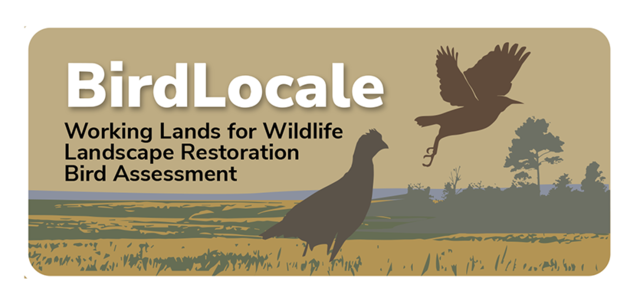-
Background Materials: Assessing Future Energy Development Across the Appalachians
-
by
Web Editor
—
published
Aug 31, 2015
—
last modified
Sep 08, 2015 11:10 AM
Located in
Tools & Resources
/
Assessing Future Energy Development
-
Open Source Web Mapping Tools
-
by
Web Editor
—
published
May 31, 2013
—
last modified
Jul 19, 2020 05:20 PM
Located in
Tools & Resources
/
Extensions and Other Tools
-
Abandoned Mineland Acid Mine Drainage (AML AMD) Inventory
-
by
Web Editor
—
published
Mar 01, 2012
—
last modified
Nov 12, 2013 04:03 PM
—
filed under:
Report,
Website,
Environmental Cleanup,
Links
An inventory of land and water impacted by past mining (primarily coal mining) is maintained by the Office of Surface Mining Reclamation and Enforcement to provide information needed to implement the Surface Mining Control and Reclamation Act of 1977. The inventory contains information on the location, type, and extent of abandoned mined lands, as well as information on the cost associated with the reclamation of those problems.
Located in
Planning In Practice
/
Conservation Planning Projects
-
Eastern Forest Environmental Threat Assessment Center
-
by
Web Editor
—
published
Mar 01, 2012
—
last modified
Nov 12, 2013 04:03 PM
—
filed under:
Website,
Forests,
Links
The Eastern Forest Environmental Threat Assessment Center is an interdisciplinary resource that is actively developing new technology and tools to anticipate and respond to emerging eastern forest threats.
Located in
Planning In Practice
/
Conservation Planning Projects
-
EPA Southeastern Ecological Framework Project
-
by
Web Editor
—
published
Mar 01, 2012
—
last modified
Nov 12, 2013 04:03 PM
—
filed under:
Website,
GIS,
Links
The Southeastern Ecological Framework Project is a GIS-based analysis to identify ecologically significant areas and connectivity in the southeast region of the U.S.
Located in
Planning In Practice
/
Conservation Planning Projects
-
Forest Inventory and Analysis National Program
-
by
Web Editor
—
published
Feb 29, 2012
—
last modified
Nov 12, 2013 04:03 PM
—
filed under:
Website,
Forests,
Links
This program collects, analyzes, and reports information on the status and trends of America’s forests: how much forest exists, where it exists, who owns it, and how it is changing, as well as how the trees and other forest vegetation are growing and how much has died or has been removed in recent years.
Located in
Planning In Practice
/
Conservation Planning Projects
-
National Conservation Easement Database
-
by
Web Editor
—
published
Mar 01, 2012
—
last modified
Nov 12, 2013 04:03 PM
—
filed under:
Links,
Database
This is the first national database of conservation easement information, compiling records from land trusts and public agencies throughout the United States.
Located in
Planning In Practice
/
Conservation Planning Projects
-
National Geographic Foundation: FieldScope
-
by
Web Editor
—
published
Mar 01, 2012
—
last modified
Nov 12, 2013 04:03 PM
—
filed under:
Education and Outreach,
Website,
Links
National Geographic FieldScope is a web-based mapping, analysis, and collaboration tool designed to support geographic investigations and engage students as citizen scientists investigating real-world issues - both in the classroom and in outdoor education settings.
Located in
Planning In Practice
/
Conservation Planning Projects
-
National Geographic Foundation: LandScope America
-
by
Web Editor
—
published
Mar 01, 2012
—
last modified
Nov 12, 2013 04:03 PM
—
filed under:
Education and Outreach,
Website,
Links
LandScope America is a new online resource for the land-protection community and the public. By bringing together maps, data, photos, and stories about America’s natural places and open spaces, the project informs and inspires conservation of lands and waters.
Located in
Planning In Practice
/
Conservation Planning Projects
-
National Geospatial Management Center
-
by
Web Editor
—
published
Mar 01, 2012
—
last modified
Nov 12, 2013 04:03 PM
—
filed under:
Website,
GIS,
Links
The National Geospatial Management Center (NGMC) has long been respected for the quality of maps it produces to support various Natural Resource Conservation Service projects and programs. In addition to producing maps, NGMC is a major distributor of geospatial data to support National, State and local field needs.
Located in
Planning In Practice
/
Conservation Planning Projects


